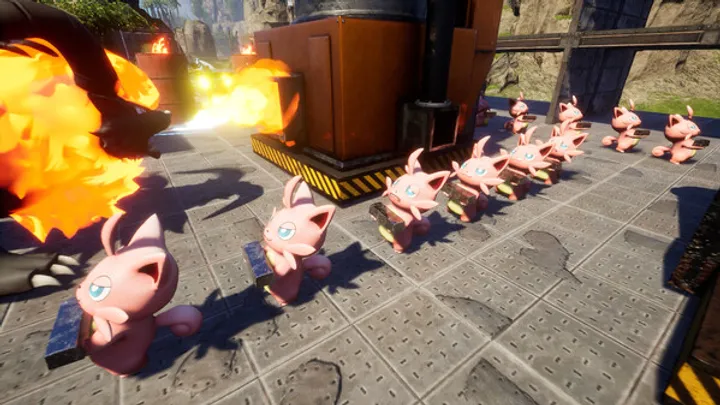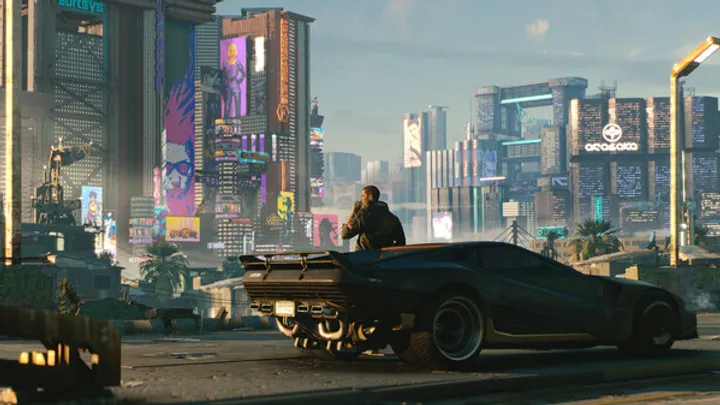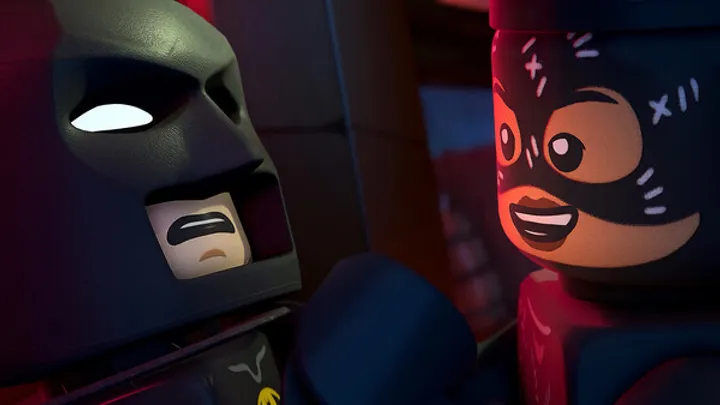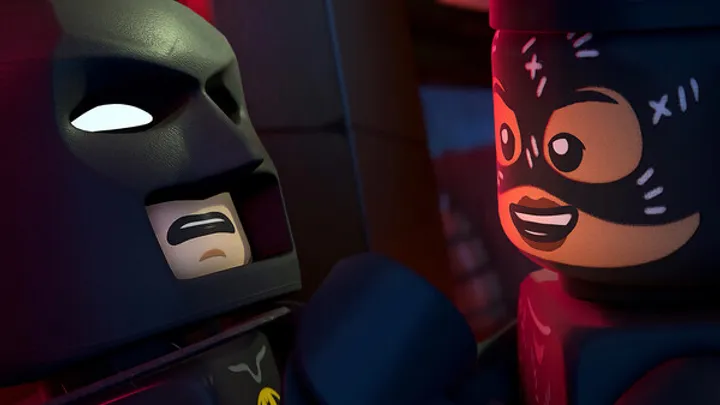Dead Rails is more than just a survival horror experience set on a haunted railway—it is a relentless study of scarcity. At its core, the game forces players into a constant tug-of-war between resource preservation and survival needs. Unlike traditional horror titles where ammunition and supplies are sprinkled generously enough to encourage bold confrontations, Dead Rails makes every bullet, every bandage, and every ration a decision point that could determine whether your journey ends in triumph or despair. This article will explore the specific issue of resource scarcity in Dead Rails, how it is designed, its psychological effects on players, its role in storytelling, and its impact on the broader survival horror genre.
The following sections examine this issue chronologically and thematically, providing a deep dive into how scarcity evolves across the game’s timeline. From the opening moments of abundance to the suffocating endgame where players cling desperately to their final scraps, Dead Rails becomes a masterclass in scarcity-driven tension.
Early Game: The Illusion of Security
At the start of Dead Rails, players are lulled into a false sense of security. The opening chapters scatter modest supplies across abandoned train cars and derailed cargo containers, hinting that survival is manageable. This design is deliberate—early generosity teaches the mechanics of looting, inventory management, and cautious exploration.
Yet even in these beginning hours, the seeds of scarcity are planted. Ammo boxes hold only a handful of rounds, and healing items are already scarcer than enemies. A clever player recognizes that the game’s ecosystem is one of limits, not abundance. This stage is less about actual danger and more about teaching restraint—a foundational lesson that will carry through the rest of the journey.
Mid Game: The Slow Tightening of Supplies
As the story deepens and the train pushes through increasingly hostile territories, scarcity shifts from background tension to daily crisis. The mid-game design reduces supply drops dramatically while escalating enemy encounters, creating an imbalance that forces tactical decisions.
Players begin to feel the weight of their earlier choices. Those who wasted ammunition on weaker foes now find themselves cornered by stronger, unkillable threats with little left to defend themselves. Healing items nearly vanish, and the player’s health bar becomes a fragile resource of its own, preserved through careful avoidance rather than reckless engagement.
This scarcity transforms the game’s rhythm. Exploration becomes less about discovery and more about risk assessment. Should you check that dark car at the end of the train, or save your last lantern fuel for the inevitable ambush ahead?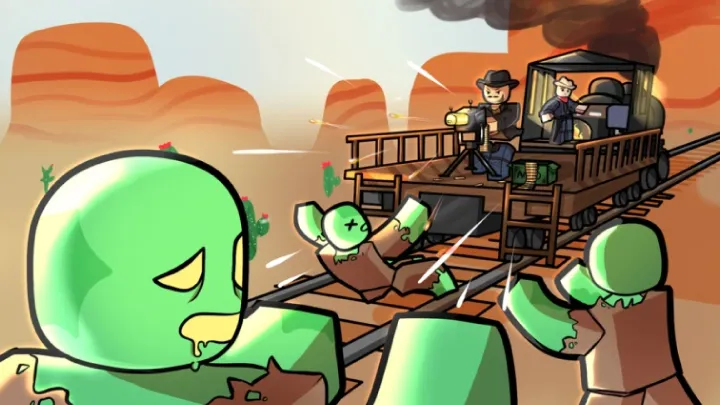
The Turning Point: When Scarcity Defines Identity
Halfway through Dead Rails, scarcity ceases to be a background mechanic and instead becomes the defining feature of the player’s identity. Survivors become hoarders by necessity, clinging to every broken weapon and half-eaten ration.
The design here mirrors real-world survival psychology. In crisis environments, people develop attachment to objects of perceived value, regardless of utility. Dead Rails captures this brilliantly, making players cherish even a single bullet, a cracked flashlight, or a bandage that heals only slightly. This transformation isn’t mechanical—it’s emotional. Scarcity becomes a lens through which the player experiences the world.
Enemy Encounters: Scarcity as Combat Philosophy
Dead Rails uses scarcity to reinvent combat. Every enemy is a threat not because of its raw strength, but because of what it costs to defeat. A swarm of weak creatures can be more terrifying than a single monster if they force you to expend your last precious magazine.
This transforms combat into philosophy: when do you fight, when do you flee, and when do you improvise? Players often turn to environmental tools, like collapsing rail debris or pushing enemies into dark tunnels, rather than wasting resources. Scarcity doesn’t limit options—it expands them, pushing creativity.
Psychological Pressure: Scarcity and Fear
Scarcity amplifies horror more effectively than any jump scare. The knowledge that one mistake could waste a rare supply item forces players into constant stress. This psychological design choice means Dead Rails doesn’t need to overwhelm with endless enemies. The tension arises from within.
The player’s own mind becomes the battlefield. Anxiety grows not from what lurks in the shadows, but from the realization that survival might not be possible with the dwindling resources at hand. Scarcity, in this sense, weaponizes self-doubt.
Storytelling Through Scarcity
Dead Rails integrates scarcity into its narrative. Notes, logs, and environmental storytelling reveal that the world itself has collapsed due to resource wars and shortages. Survivors on the train reflect this desperation, trading scraps of food or parts in whispered exchanges.
Scarcity thus becomes a story element, not just a gameplay mechanic. The player isn’t just fighting monsters—they’re living the same reality as the NPCs, embodying a world where scarcity defines every interaction.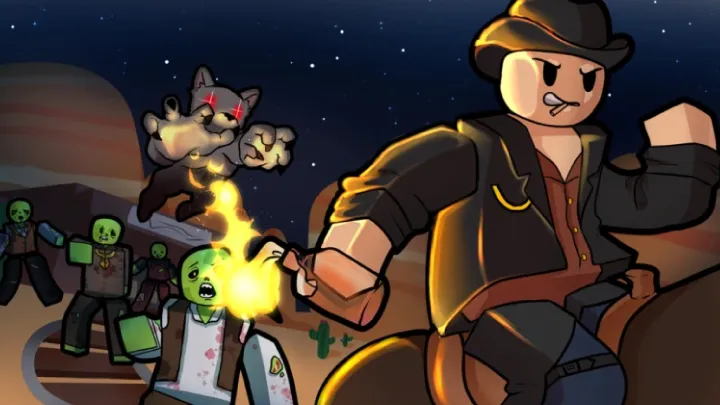
Endgame Scarcity: The Final Starvation
By the closing chapters, scarcity reaches its zenith. Supplies vanish almost entirely, and players are forced to rely on whatever they hoarded earlier. The final stretch of Dead Rails is a gauntlet that tests not just skill but foresight.
The cruel brilliance of this design is that the ending difficulty is shaped entirely by the player’s earlier behavior. Those who wasted resources early face near-impossible odds, while careful survivors find just enough to scrape by. The game thus becomes a mirror of the player’s journey, reflecting their decisions back at them.
Community Reactions: Praise and Frustration
Scarcity in Dead Rails has split the community. Some praise it as one of the most immersive survival horror mechanics in recent memory, applauding the way it forces strategic play and emotional engagement. Others criticize it as punishing and unfair, claiming it limits enjoyment and frustrates progression.
This tension mirrors the dual nature of scarcity itself—it creates value but also suffering. The discourse reveals that scarcity isn’t just a mechanic, but a polarizing design philosophy.
Comparisons: Scarcity in Other Games
To understand Dead Rails fully, one must compare it to other survival horror titles. Games like Resident Evil use scarcity but balance it with generous boss drops and carefully placed items. Dead Rails, by contrast, offers no safety net.
This design places it closer to roguelikes or survival simulators, where loss is permanent and resources are finite. Dead Rails thus redefines its genre, pushing survival horror into a harsher, more unforgiving direction.
Possible Solutions: Balancing Scarcity Without Diluting It
While scarcity is central to Dead Rails, there are ways to fine-tune it for broader appeal without undermining its intent. Options include:
- Dynamic scarcity: adjusting supply drops based on player behavior.
- Alternative economies: allowing crafting or trading systems to create secondary resource paths.
- Difficulty modes: offering varied scarcity levels for different audiences.
These adjustments could preserve the essence of scarcity while softening its sharpest edges.
Conclusion
Dead Rails demonstrates how scarcity can transcend mechanics to become the soul of a game. By making every resource precious, it transforms the player’s mindset, fuels psychological horror, and reinforces narrative themes of collapse and desperation. Though divisive, it stands as a powerful example of how limitation can generate both tension and meaning.








